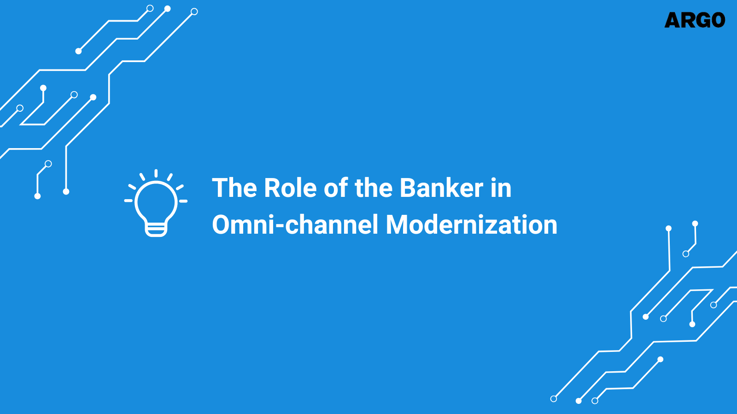The Role of the Banker in Omni-channel Modernization

Human touch provides financial institutions with a significant advantage in today’s market. Despite customers preferring the convenience of digital, they place a high value on human access and financial expertise. With the transactional role diminishing, customer service and advisory roles are increasing. Although digital offers a variety of benefits for the consumer, trust is one gap it cannot address. Human interaction drives trust and remains highly valued by customers.
For example, branch and contact center personnel play a significant role in customer acquisition, clarifying options, and offering guidance and assistance. They can also focus personal engagement on serving broader needs that require a consultative approach. A holistic approach supports customer financial well-being around significant life events such as marriage, home purchase, and college tuition savings.
Human integration in an Omni-delivery strategy becomes a central pillar of a successful customer delivery strategy. Integration means ‘seamlessly embedded’ and is much different from a stand-alone model. This model allows authorized employees to perform any function in a branch, including sales, monetary, fulfillment, and service. The customer has access to human services that are fully integrated with the digital solution. For the institution implementing such a strategy:
- Empowers bankers to meet needs detected in other channels;
- Equips bankers with a 360-degree view of customer information;
- Automates workflows for referral and pipeline management;
- Reduces time spent completing tasks; and
- Optimizes staff capacity.
For more information, download the Defining Digital as a Strategic Competitive Differentiator interview document.

